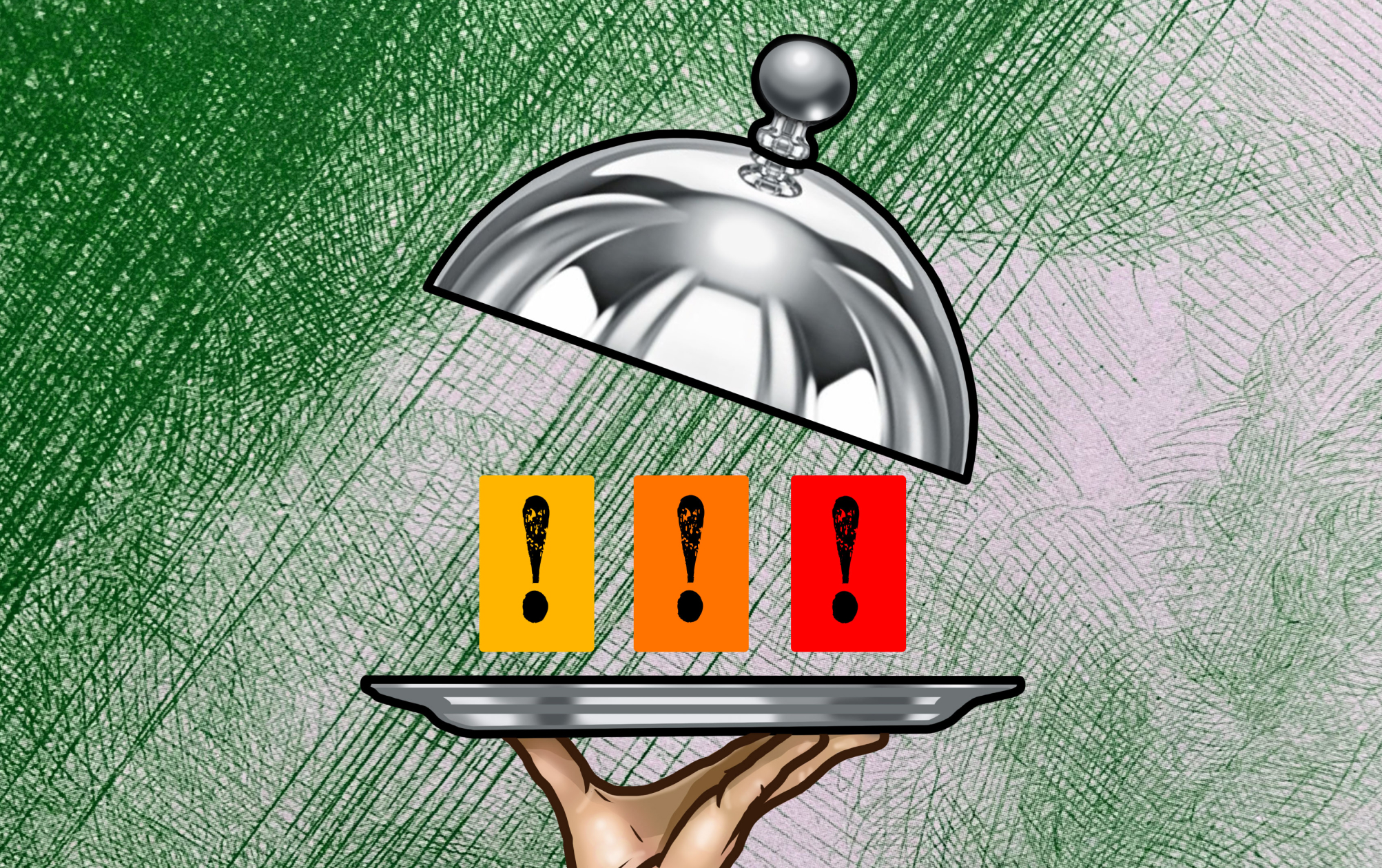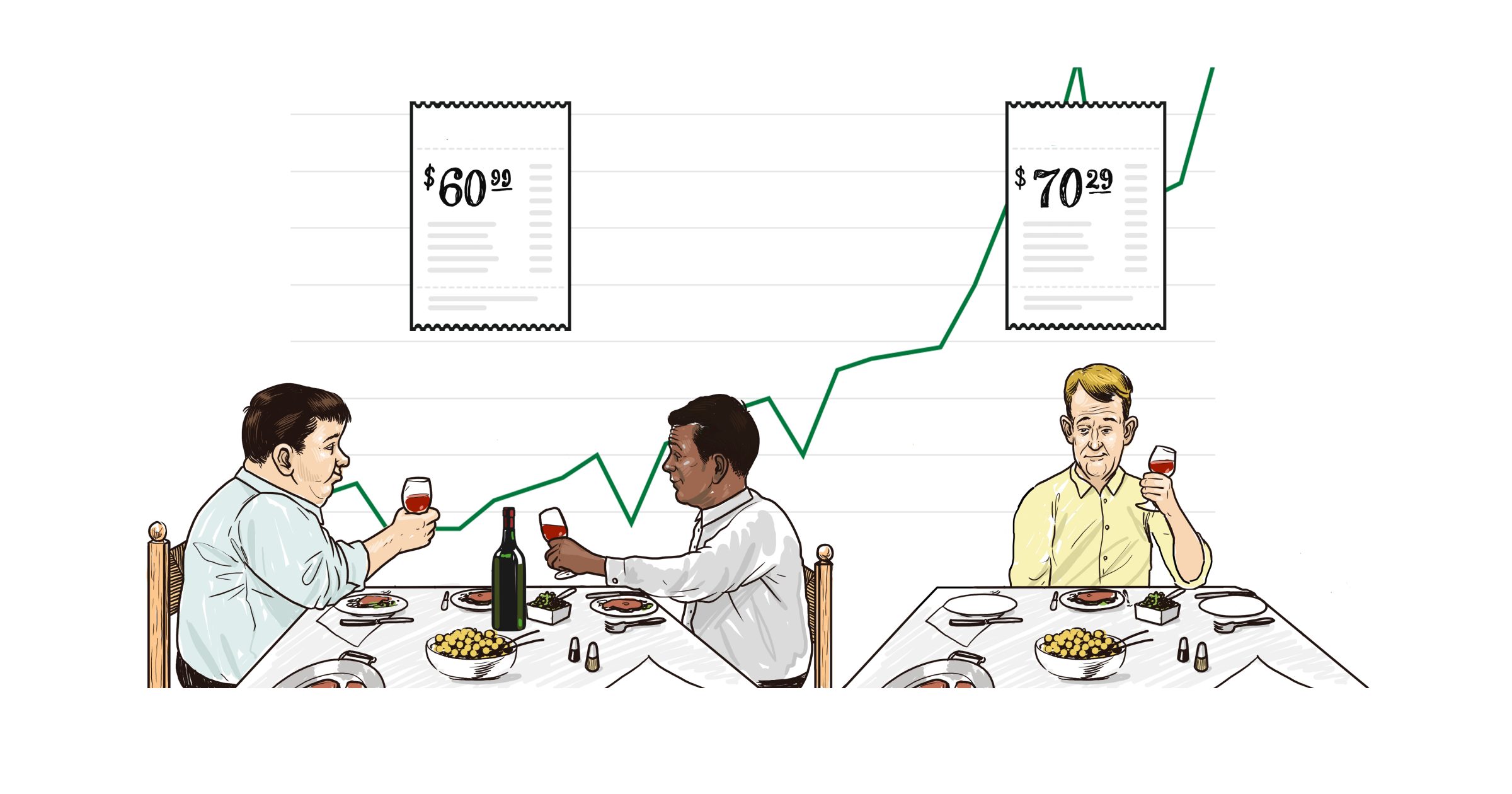Show Me The Money
For a long time, Irene Shiang Li didn’t pay much attention to the numbers. As the chef and co-founder of Mei Mei in Boston, she was far too busy making sure her suppliers showed up on time and the dumplings got made to really go deep on her business’s accounts. But about five years after opening, and just at the point when Mei Mei was morphing from a food truck to a brick and mortar restaurant, something changed. “As a chef-owner, there’s so much going on that as long as people’s paychecks aren’t bouncing, the financials fall by the wayside,” she says. “It’s not until it’s time for growth, that you get a chance to take a step back, and be like, ‘okay, how do we improve?’
When that moment arrived for Li in 2017, she decided to do something that, to many in the industry, may seem radical. She didn’t just educate herself in her company’s financials; she opened the books to her entire team—managers, cooks, servers, dishwashers—and not only educated them in what the numbers meant, but created a system where everyone understood and took responsibility for how their day-to-day decisions affected the company’s financial health.
That approach is called open book management (or OBM for short). It’s not new–way back in the 1990s, a guy with the mellifluous name of Jack Stack wrote a book about how he used it to turn his failing manufacturing company around. But for a small but growing number of restaurants, OBM is proving an invaluable tool not only for improving profits and sales but also for boosting staff engagement, motivation, and retention. And as we here at MAD learned during this year’s Academy, it can also help foster the broader kind of culture that progressive-minded leaders want to create. As Li puts it, “it aligns the employee’s success with the business’s success.”
On the surface, open book management does just what it says: it opens a business’s financial books to everyone on staff, regardless of position. In restaurants, where financial information is often more closely guarded than the recipe for the signature dish, that kind of transparency in itself is radical. But OBM goes even further: practitioners don’t just show their team members the numbers, they also teach them what they mean, and then, create opportunities for them to take responsibility for them.
In the US, many restaurateurs first learned about OBM through Zingtrain, the training branch of Zingerman’s, a multi-pronged hospitality business based in Ann Arbor, Michigan. As the company’s founder and chief philosopher, Ari Weinzweig was drawn to the practice because it exemplifies some of the values he tries to inculcate throughout his business. “It’s based on the belief that everybody can contribute, that everyone is smart, and that together we can do more than anyone can alone,” he says. “It’s helping everybody get to greatness, because the reality of human existence is that people need to know how to use money.”
After learning about OBM on a Zingtrain course, Ian Gurfield was compelled by staff issues to begin using it at his restaurant, Ian’s Pizza in Madison, Wisconsin. “Some employees thought we were making insane amounts of money and getting rich off it, and other people thought we were making no money and were about to go out of business,” he says. “We were not on the same page.”
The problem was compounded when food costs ticked up by several points. When Gurfield asked the kitchen staff to bring them under control, no one, he realized, knew how to start. That was his eureka moment. “We were a closed book company at that point, so how could they? They had no context. We needed a scoreboard.”
Teaching financial literacy is a big part of open book management. For Irene Li, that has meant educating herself first and then working outward. “There’s a kind of pre-implementation, where leadership has to go through a boot camp before more people can be brought in,” she says. “The way I’ve heard it explained is that you can’t do open book management if you don’t really have management, if you’re not kind of intentionally, proactively looking at the business.”
Mei Mei then expands that knowledge to a broader circle–which is to say, to the entire staff–with a half-day of interactive classroom training that focuses on a simplified, five-line P & L (profit and loss report): revenue, cost of goods, direct labor, overhead, and net operating profit. She understands that not everyone wants to go deep. “A lot of the time, the real goal of the session is just to level set with people, because often frontline employees think that the business is much more profitable than it really is. So if the only thing they take away is ‘oh, there’s, like, really not that much money going down to the bottom line,’ that is totally fine.”
The education doesn’t stop after that. Most restaurants practicing OBM call regular “huddles” (also known as meetings) where they share key data points on everything from ongoing sales to labor costs to the amount of packaging being tossed each week. In some restaurants, different employees “own” a line, and are responsible for tracking why, for example, a particular cost has been going up. As Erin Wade, the restaurateur behind Homeroom in Oakland, California, explained at this year’s MAD Academy, the practice can yield some surprising results.
When food costs started going up at her restaurant, team members were charged with trying to figure out what was going on. Breaking down the numbers, they realized that the source of the increase was the dairy, but there was a mystery: cheese prices hadn’t risen. More investigation led them to realize the problem lay with how the cheese was being measured–or not. “It was really just sloppy kitchen work, workers trying to do the job too fast, and just throwing in a handful of cheese,” Wade says. “Maybe they’d only be one or two tenths of an ounce over, but over the course of a year, we would have given away more than one ton of cheese. That’s a very big deal.”
For Per Arvidson, a management consultant who teaches basic finance at MAD Academy, Erin’s presentation came as something of a revelation; he was familiar with the open book concept, but had never seen it applied to the restaurant industry before. “It’s a very commendable and creative concept for most businesses in the hospitality sector,” he says. “Increasing the awareness and knowledge of the numbers and what they mean, can lead to more involvement and motivation in your daily work as an employee, and could work as a tool to decentralize decision-making.”
In fact, many frontline staff report that the knowledge makes it easier not just to do their jobs, but to care more deeply about them as well. At Homeroom, for example, servers are empowered to make their own decisions about comps and other special touches for guests because they understand the costs and benefits to the restaurant’s big picture. And at Zingerman’s, Weinzweig found that servers feel more comfortable explaining price increases to customers because they themselves understand the hidden costs on the menu. “You’re teaching people to think like leaders,” he says.
You’re also helping shift restaurant culture away from some of its traditional rigidities. As Monika Linton, the founder of Brindisa, a tapas restaurant group and food importer in the UK, explained on the podcast Hospitality Mavericks, “open book management is a great way of breaking down hierarchy. Because you still need structure, but you don’t need to behave like you would in traditional Christmas-tree hierarchy. You can be inclusive, consultative, generous, and all the things that employers and employees should be, and you can make sure that everyone has a voice.”
In the same way, the transparency represented by open books can be seen as part of a larger trend away from more paternal, top-down systems, and toward more egalitarian ones. As Raj Markandoo of Bubala in London recently told our good colleagues at Countertalk (whose own informative newsletter you should definitely check out), “ We create a more inclusive and collaborative environment by fostering open communication and involving every team member in these processes.”
But almost no one practicing OBM thinks that transparency alone is its own reward. “I don’t think you can just go, hey, here are the numbers right, and then not create some kind of incentive,” Ian Gurfield says. “Otherwise you’re creating this strange situation where your staff is watching you make more money without getting any themselves. And nobody really wants to come to work feeling like they’re killing themselves so that the owner makes enough money to buy a new fancy car. It’s not very motivating.”
At Ian’s Pizza, which now has eight outlets in Wisconsin, and elsewhere in the US, those incentives take two forms: “games,” or challenges where the team decides on a certain metric to hit and then receives compensation for meeting the target, and a bonus pool that is driven entirely by financial performance: when a restaurant earns more than its forecast profit, the surplus is divided equally among the team.
Financial incentives can’t erase the complexities of introducing the kind of paradigm shift that OBN represents, of course. There are still plenty of employees who aren’t interested in taking on more responsibility (even though, in many places, they are paid to attend huddles) and the process of educating staff can be slow. “It’s not like you build a building and it’s done; it’s a practice,” says Weinzweig. “But what it does over time is change people’s perception of what’s possible.”
That possibility extends into the future. For Irene Li, who together with her two partners has gone on to launch a restaurant training and consultancy firm called Prep Shift, implementing her version of OBM helped her feel like she was equipping employees for the long run–even after they left Mei Mei. “Before, I always felt sheepish because someone would come work for us, and we weren’t actually teaching them anything,” she says. “But now, people apply to work at Mei Mei because they’re familiar with our open book practice, and they know they’re going to get a financial education.” The kind of financial education, she adds, “that will help them when they open their own business.”
Krystyn Navarro understands the appeal. A newly-minted MAD Academy alum who is just now moving up the management ladder, she had never heard of OBM before Erin Wade introduced the concept in her Leadership and Business course. But the idea made an impression, and Navarro is looking forward to trying to implement OBM herself eventually. “It’s clear to me that the more knowledge we are able to endow,” she says, “the more it benefits the team overall.”
–
Illustration by Sofie Kampmark.




